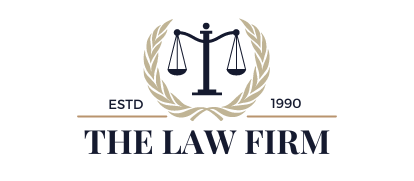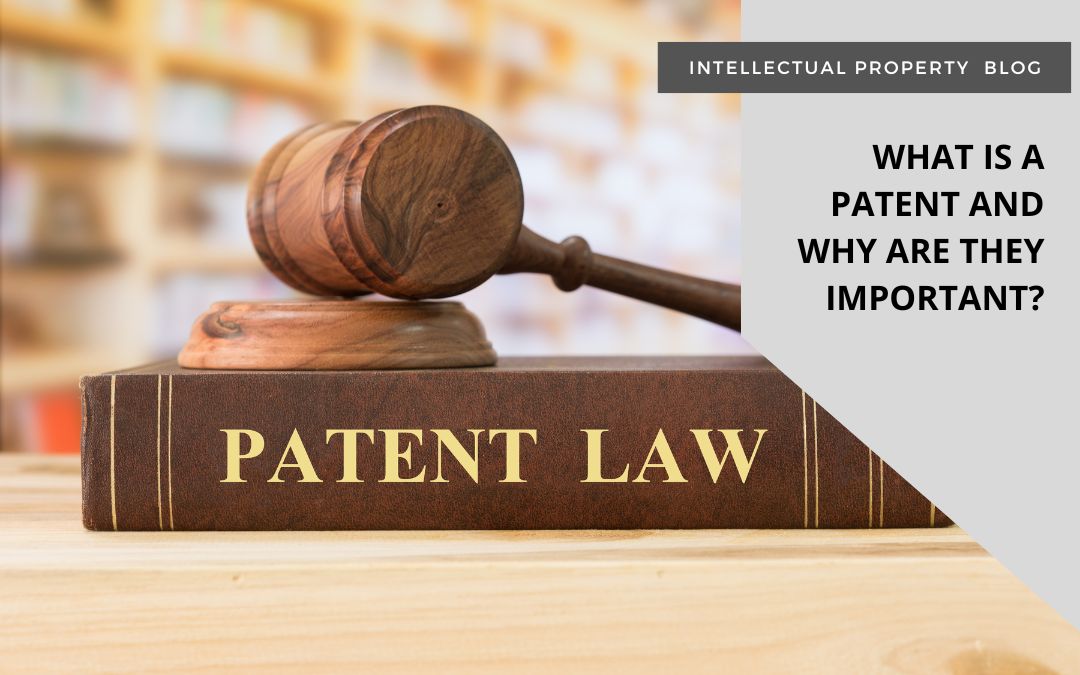A patent is a form of protection granted by the United States Patent and Trademark Office (USPTO) to inventors. A common misconception about patents is that they grant an inventor exclusive rights to make, use, and sell their invention. While the impact of patent protection can result in that happening, the actual law doesn’t grant rights of usage. Instead, it grants the inventor the right to exclude anyone else from “making, using, offering for sale, or selling the invention in the United States or “importing” the invention into the United States.”
Enforcing rights of usage
Once a patent is granted, the inventor, not the USPTO, is responsible for enforcing the exclusions granted by the patent.
Every year, the United States Patent and Trademark Office receives an average of 600,000 patent applications. The agency is responsible for receiving, reviewing, and approving or denying those applications. They also store and file data related to patents from 1790 to the present day (millions of patents!).
Patents are divided into three categories, and the process for applying for a patent varies on the type of invention an applicant wants to protect.


